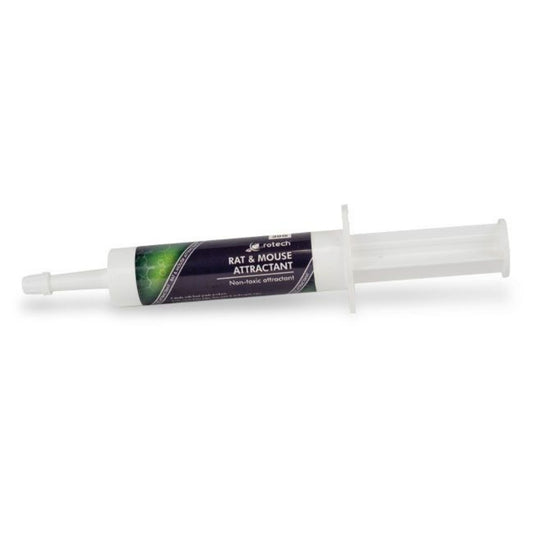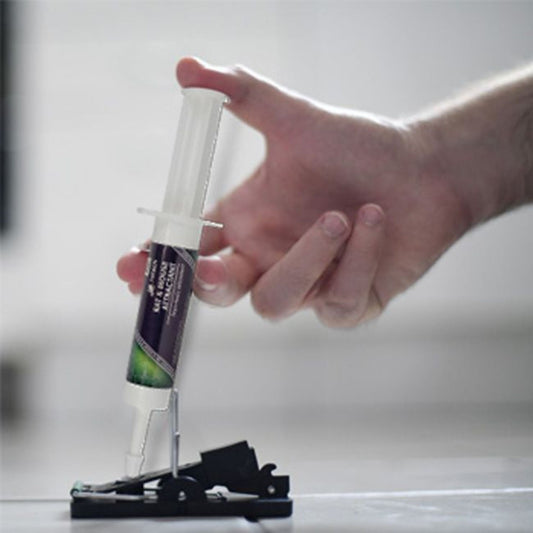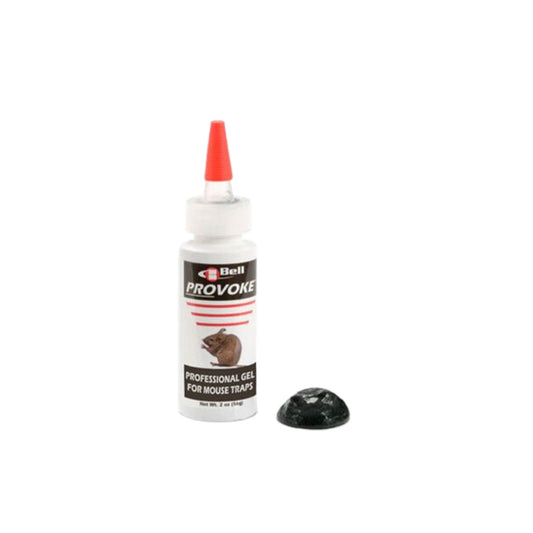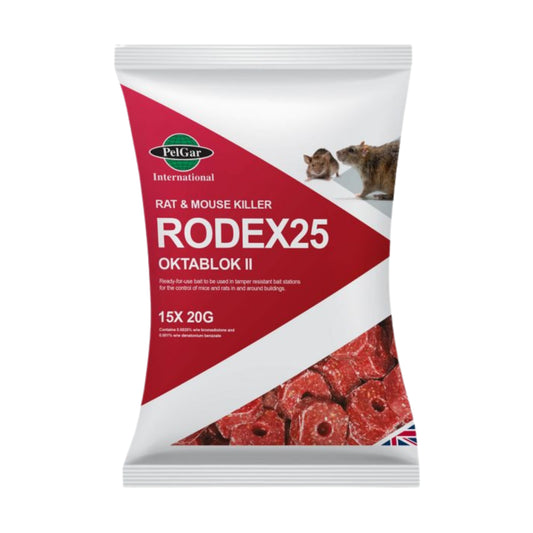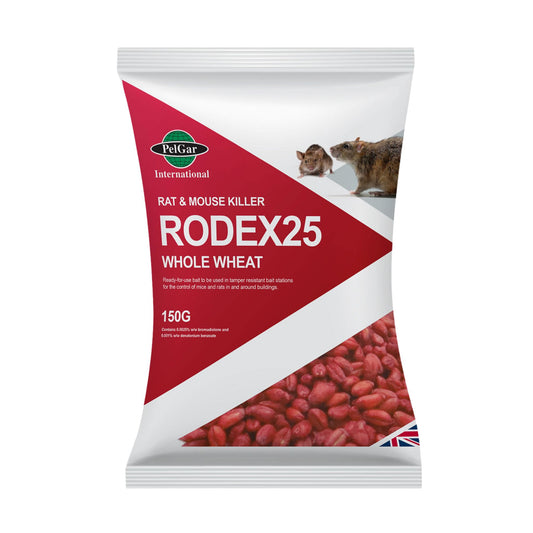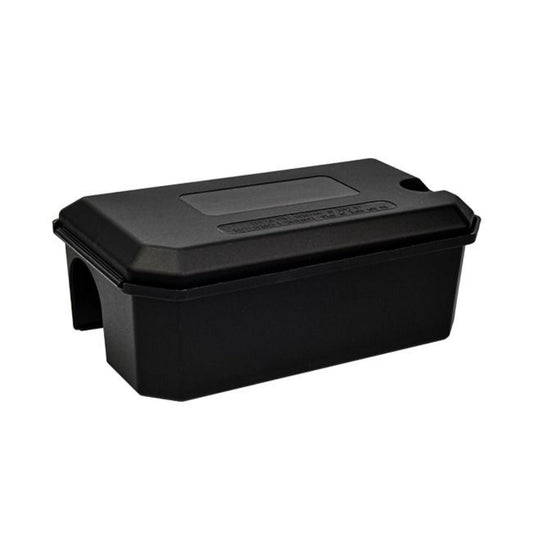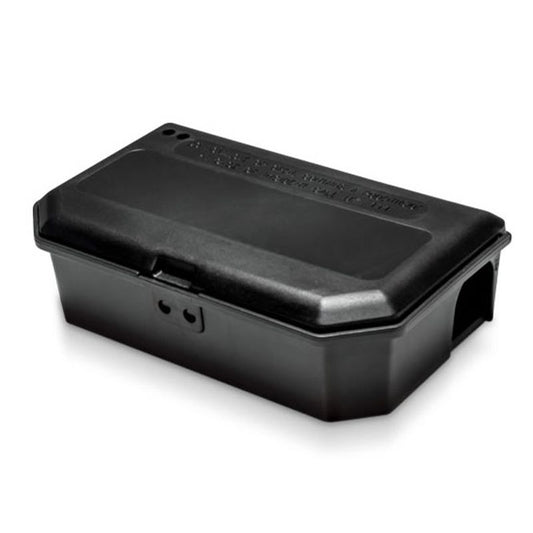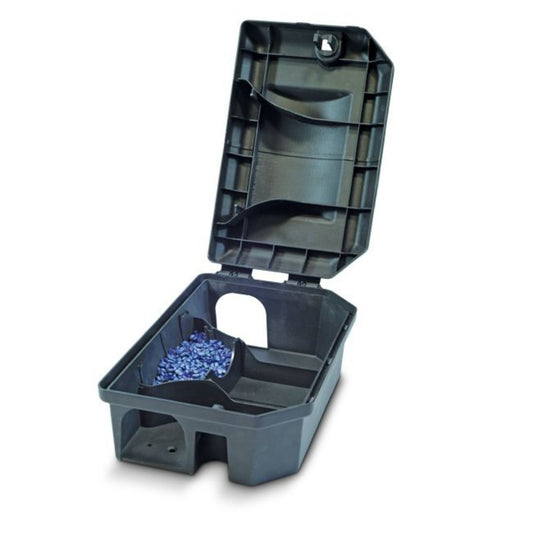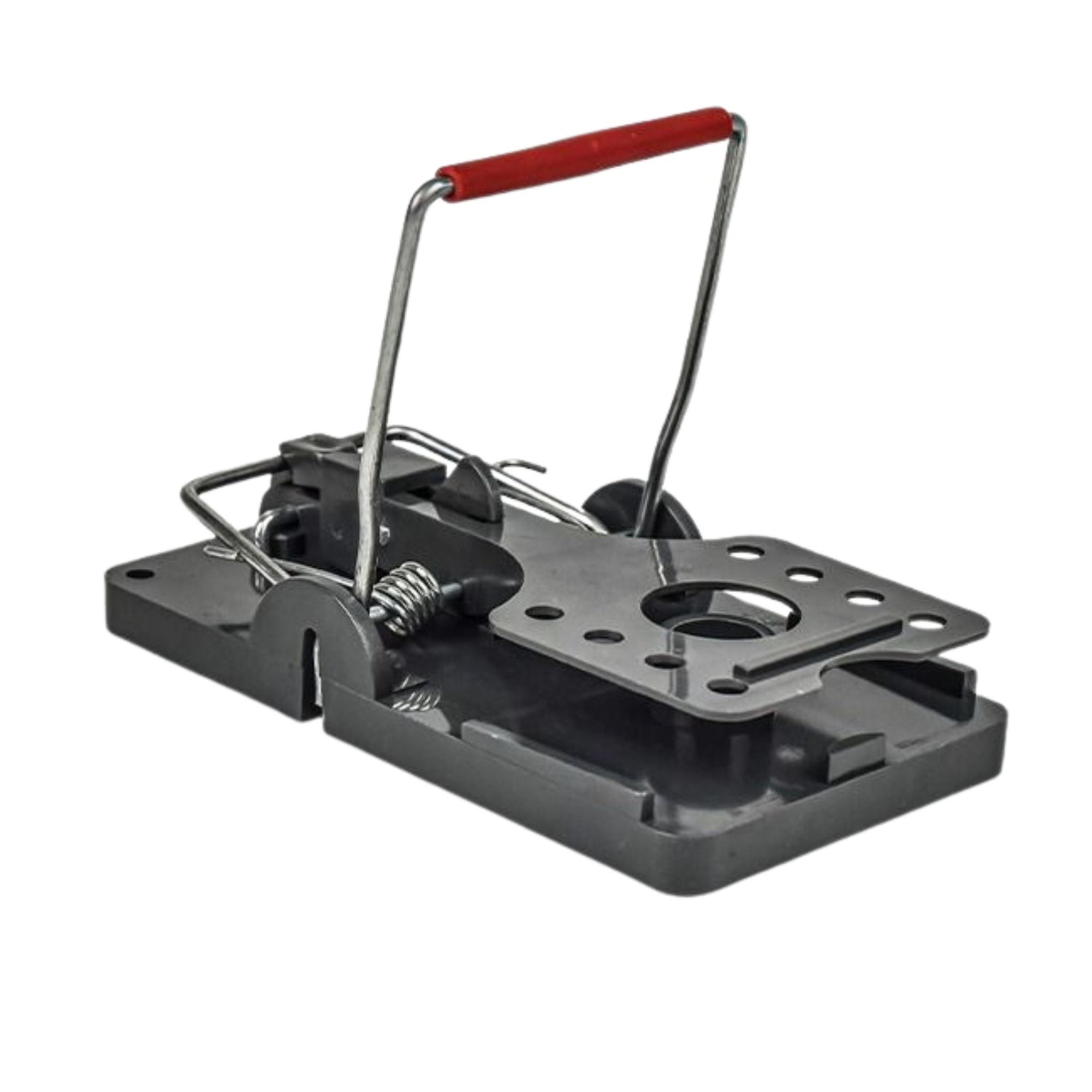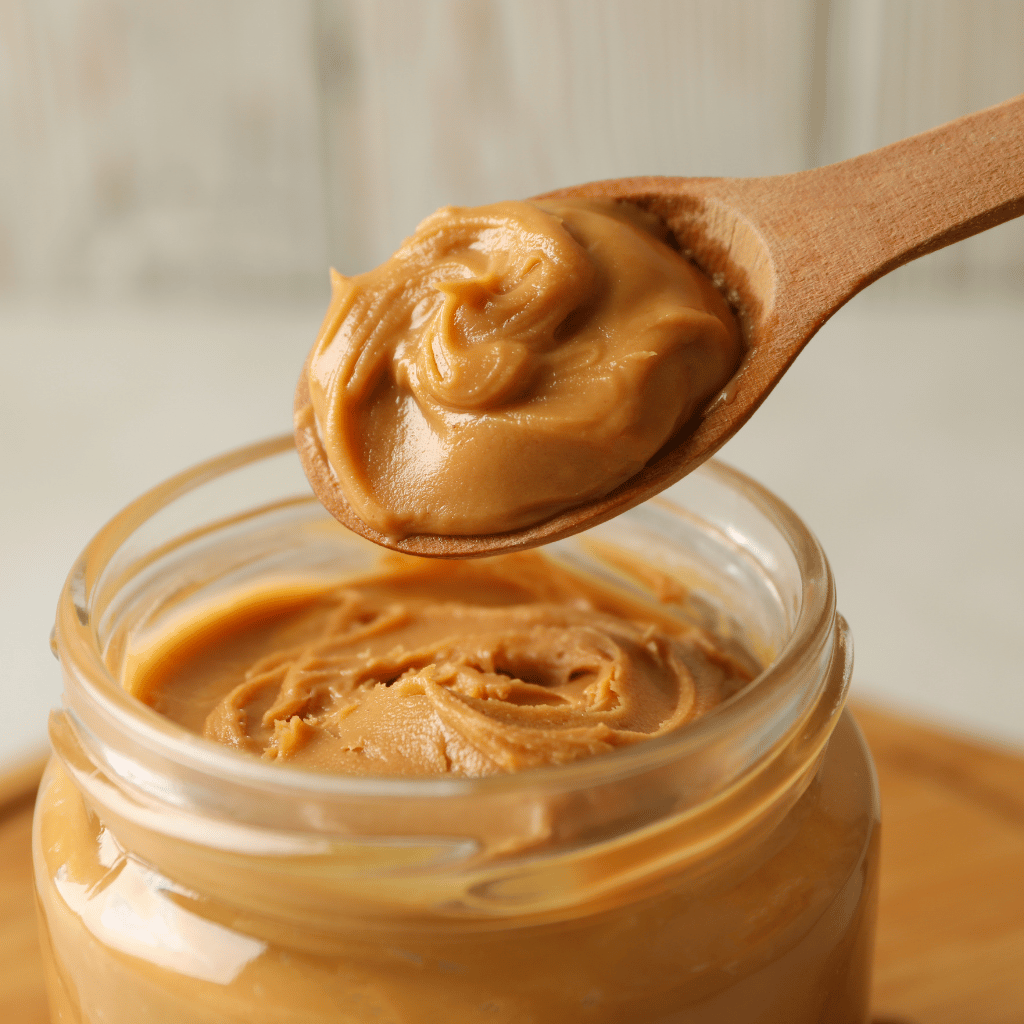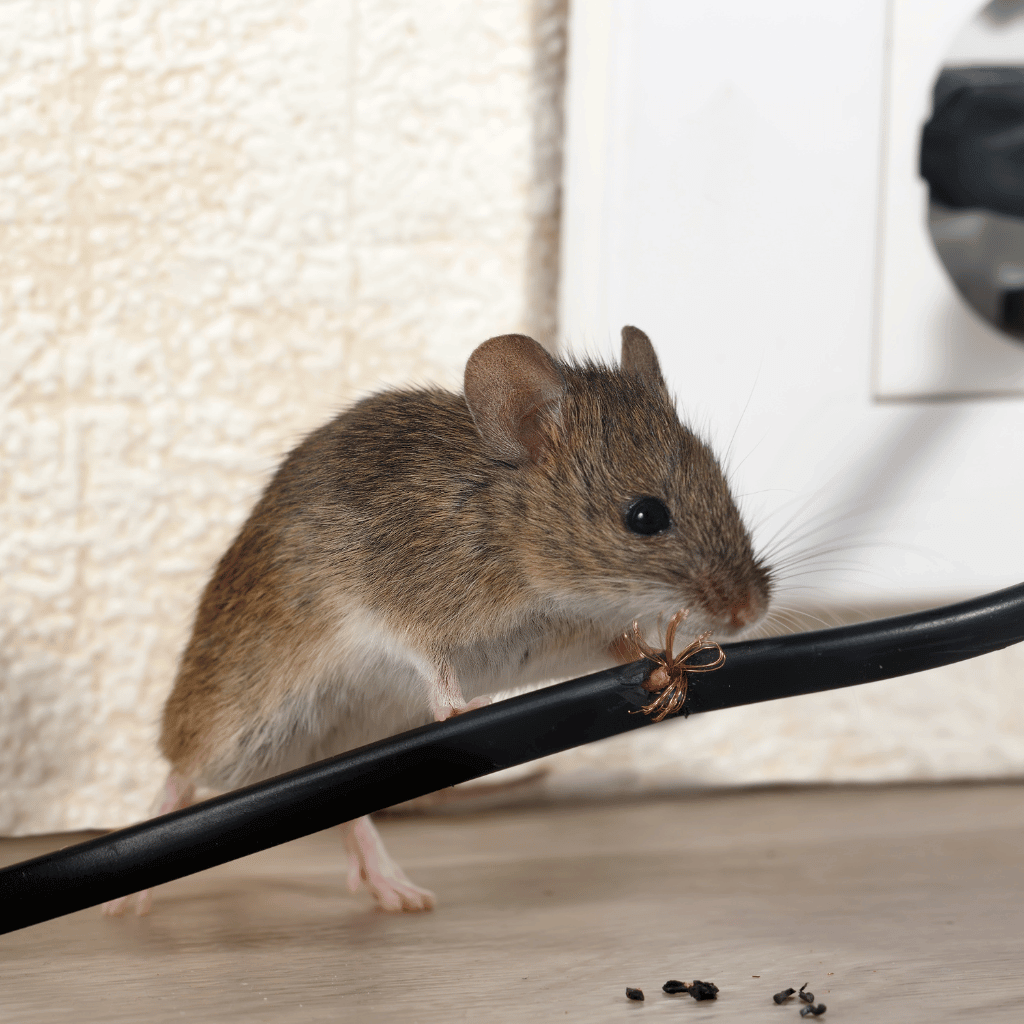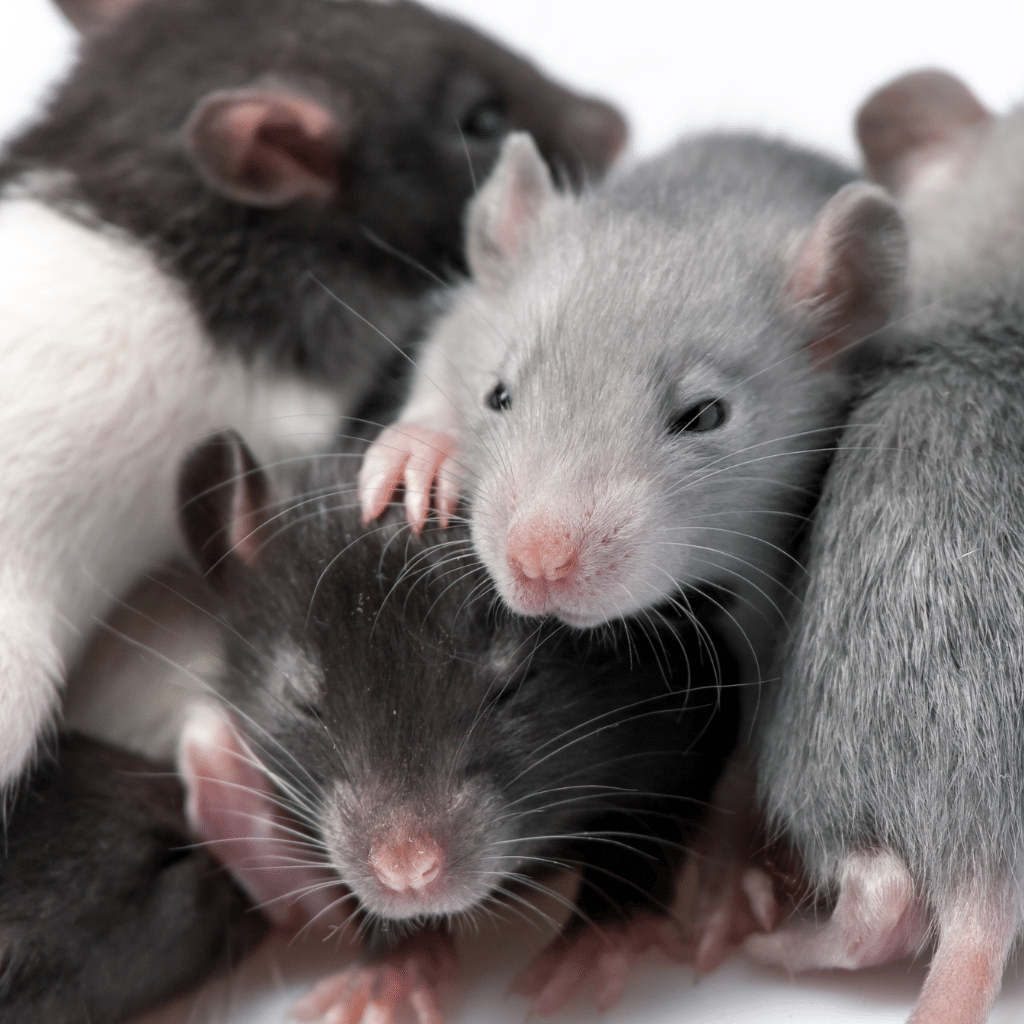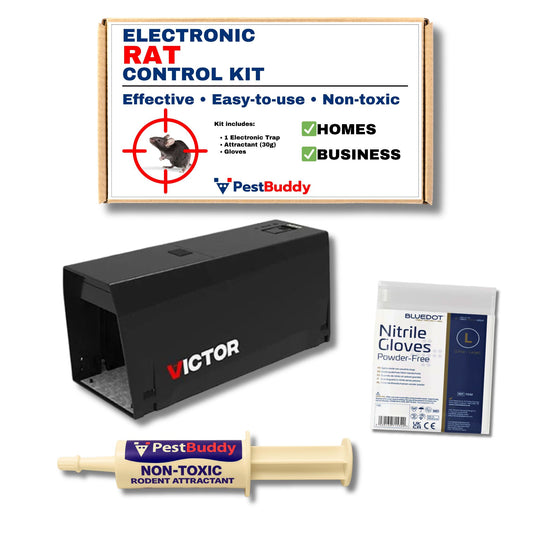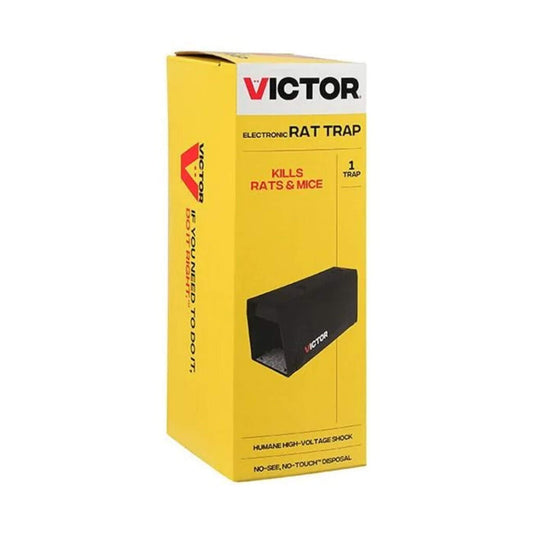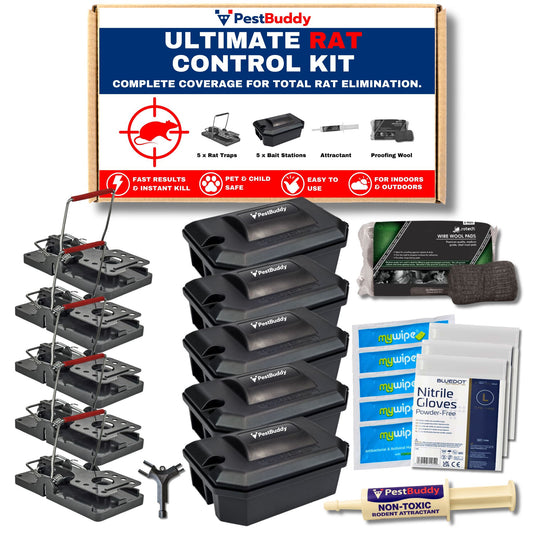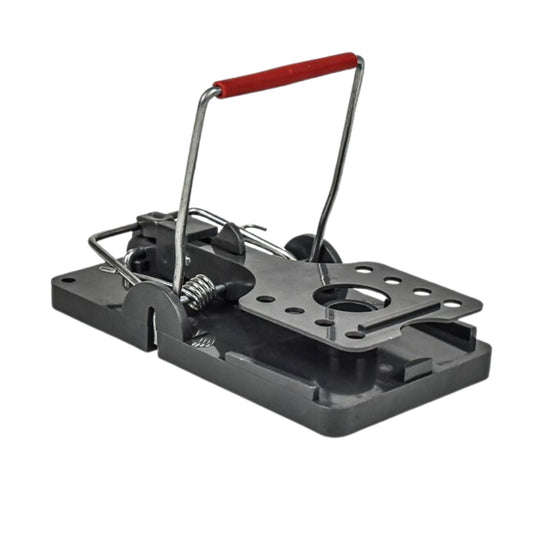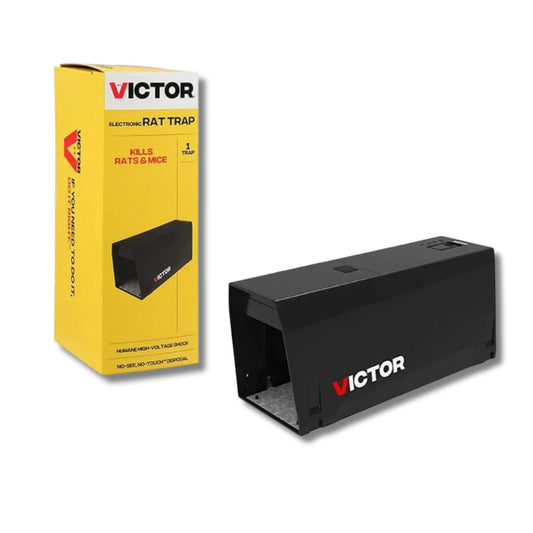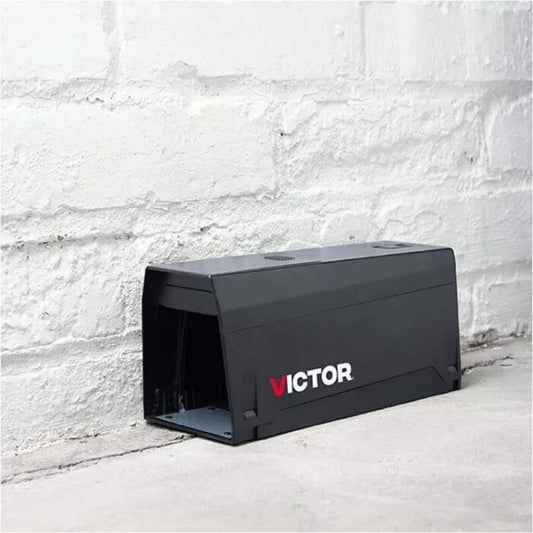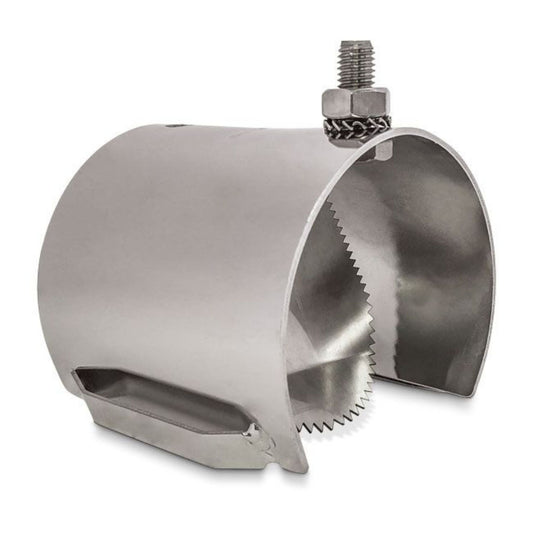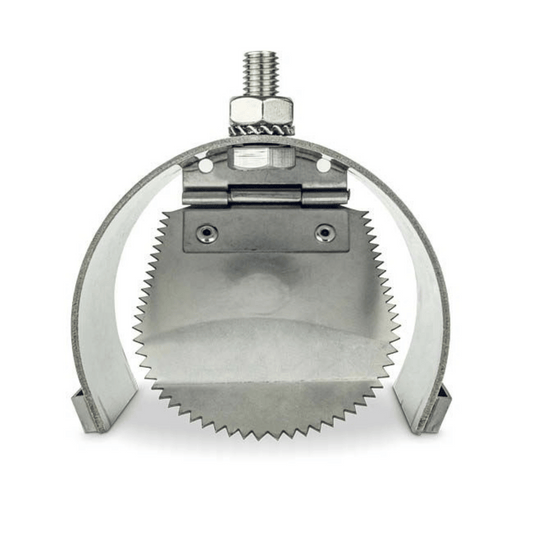Collection: Rodent Baits and Attractants
Improve the success of your rodent control with our rodent baits and attractants including a range of non-toxic attractants and toxic baits. Designed for use with traps and bait stations, these solutions help lure rats and mice more effectively—whether you're tackling an active infestation or preventing one through monitoring. Easy to use and DIY-friendly, they’re a smart addition to any smart rodent control setup.
-
Rotech Rodent Attractant – Non-Toxic Gel for Traps – 30g
Regular price £9.99Regular price -
Provoke Mouse Attractant – Fast Acting, Non-Toxic – 56g
No reviewsRegular price £13.99Regular price -
PestBuddy Rodent Attractant Gel – Non-Toxic, Fast-Acting – 30g
No reviewsRegular price £8.99Regular price -
Pelgar Rodex 25 Oktablok II – Rat & Mouse Bait Blocks – 15 x 20g
No reviewsRegular price £8.99Regular price -
Pelgar Rodex 25 Whole Wheat Bait – Fast Rat & Mouse Killer – 150g
No reviewsRegular price £3.49Regular price£2.21Sale price £3.49 -
Rat Bait Blocks and Bait Station Kit – Easy Setup, Tamper-Resistant
No reviewsRegular price £13.99Regular price -
Mouse Bait Blocks and Boxes Kit – Easy Setup, Tamper-Resistant – 5 Pack
No reviewsRegular price £19.99Regular price -
Mouse Bait Blocks and Box Kit – Easy Setup, Tamper-Resistant
No reviewsRegular price £11.99Regular price -
Rat Bait Blocks and Bait Stations Kit – Easy Setup, Tamper-Resistant – 3 Pack
No reviewsRegular price £23.99Regular price -
Rat Wheat Bait and Bait Station Kit – Easy Setup, Tamper-Resistant
No reviewsRegular price £13.99Regular price -
Rat Wheat Bait and Bait Station Kit – Easy Setup, Tamper-Resistant – 3 Pack
No reviewsRegular price £34.99Regular price
-
✅ DIY Pest Control
Effective, Fast, Easy-to-Use
-
🚚 Fast UK Shipping
Free UK Shipping Over £50
-
↩️ 30 Day Returns
Return Any Item For 30 Days
-
5.0/5.0 ⭐⭐⭐⭐⭐
Average Customer Reviews
Popular Collections
View all-
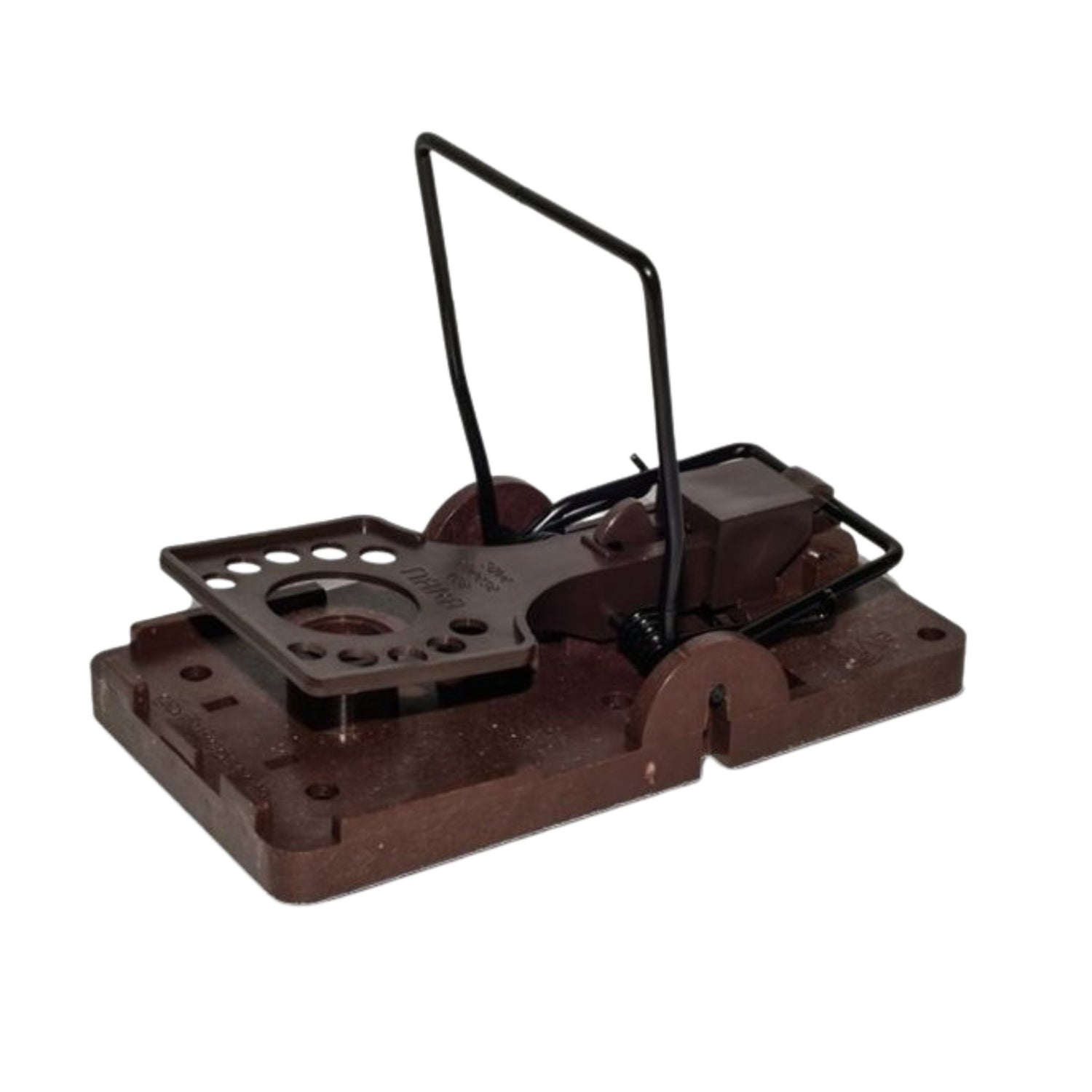
Rodent Traps
Our Rodent Traps collection features a wide range of humane and effective...
-

Mouse Traps
Explore our range of effective Mouse Traps, designed for quick and efficient...
-

Rodent Bait Stations
Our Rodent Bait Stations offer an effective way to control rodent populations....
-
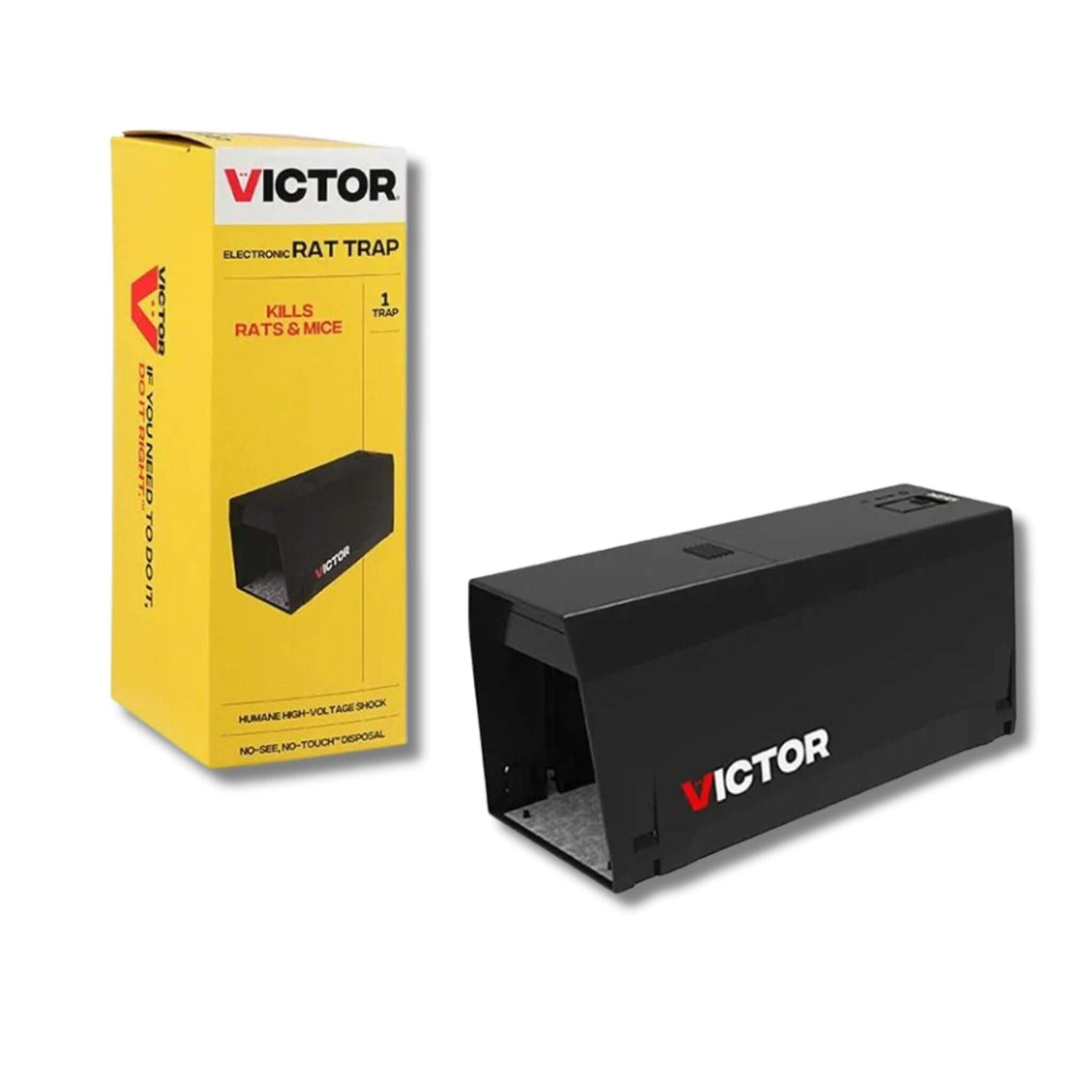
Electronic Rat Traps
Embrace the future of pest control with our Electronic Rat Traps collection....
-
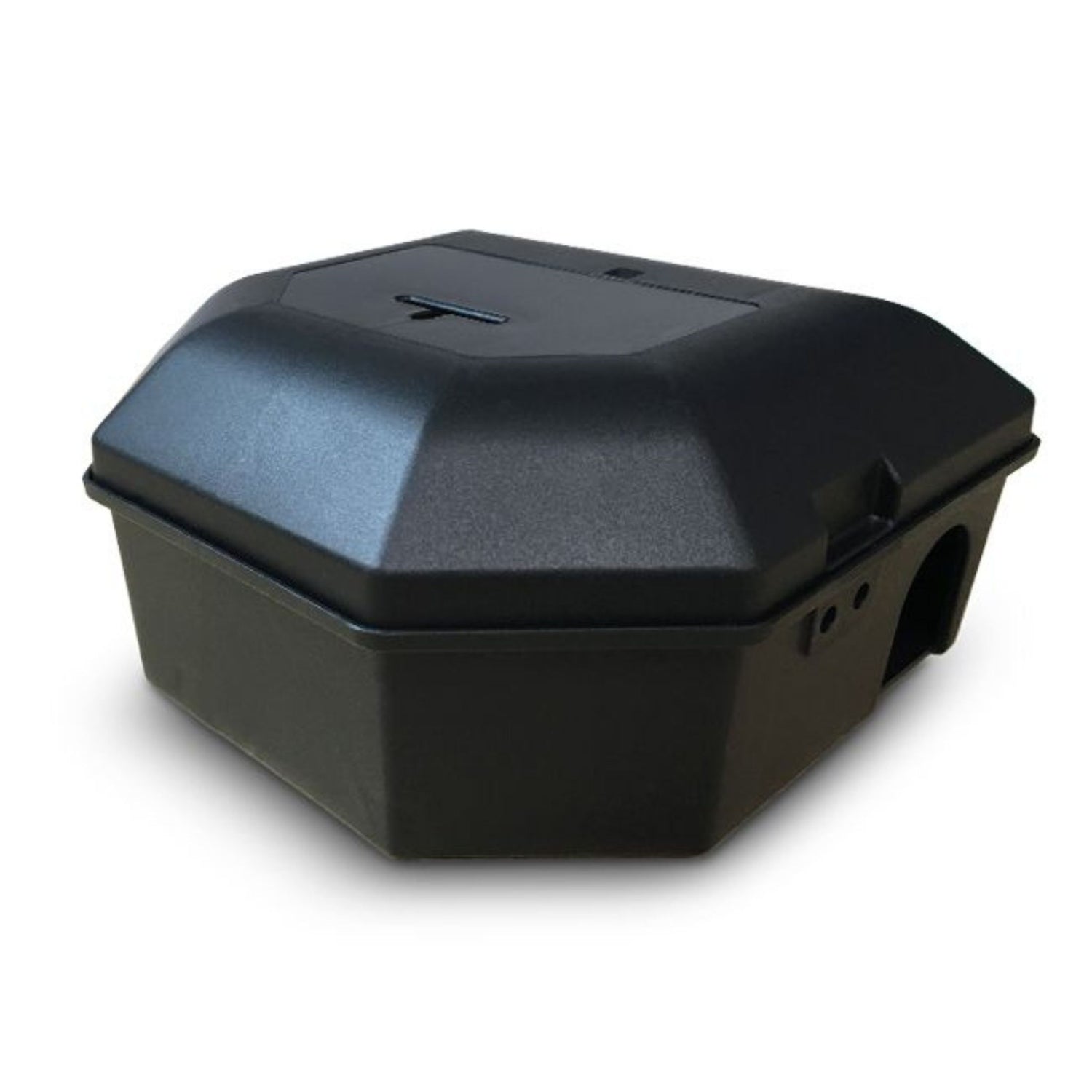
Mouse Bait Stations
Secure and efficient, our Mouse Bait Stations are designed to house mouse...
Guides
Popular products
-
Electronic Rat Control Kit – Easy Setup, Humane Elimination
No reviewsRegular price £75.99Regular price£79.99Sale price £75.99Sale -
Ultimate DIY Rat Control Kit – Full Set, Easy Setup, Max Results
No reviewsRegular price £69.99Regular price£79.99Sale price £69.99Sale -
Victor Electronic Rat Trap – High-Voltage Humane Kill
Regular price £69.99Regular price£74.99Sale price £69.99Sale -
Rotech Rat Drain Guard – Blocks Rodent Entry – 4" Diameter
Regular price £64.99Regular price£69.99Sale price £64.99Sale
FAQs: Rodent Baits and Attractants
What is a rodent attractant?
A rodent attractant is a specially formulated substance designed to lure rats and mice into traps. It enhances the effectiveness of traps by using scents or ingredients that are highly appealing to rodents, increasing the chances of a successful capture.
What’s the difference between toxic bait and non-toxic attractant?
Toxic baits are designed to kill rodents, typically containing rodenticides that are lethal when ingested. These are best used in tamper-resistant bait stations to ensure safety and control.
Non-toxic attractants, on the other hand, simply lure rodents into traps or bait stations but do not harm them. They're ideal for monitoring rodent activity or when you want a poison-free solution, such as in homes with pets or in food-sensitive environments.
How do I use rodent attractants with traps?
Rodent attractants typically come in easy-to-apply formats like syringes or tubes. Simply apply a small amount of the attractant to the bait area of your trap. The powerful scent will lure rodents into the trap, helping to increase capture rates.
Are rodent attractants safe to use around pets and children?
Yes, most rodent attractants are made from non-toxic, chemical-free ingredients, making them safe to use in homes, businesses, and outdoor areas. Always check the product label for specific safety instructions, but in general, these attractants do not pose a risk to pets or children.
Can rodent attractants be used with any type of trap?
Yes, rodent attractants are versatile and can be used with a wide range of traps, including snap traps, live capture traps, and electronic traps. Their flexible application ensures that they can complement many rodent control strategies.
Do rodent attractants contain harmful chemicals?
Most rodent attractants are made without harmful chemicals, relying on natural scents and ingredients that appeal to rodents. This makes them a safe and eco-friendly option for those seeking to avoid toxic substances in their pest control efforts.
How do I use rodent bait correctly?
To use rodent bait safely and effectively:
- Place the bait inside a secure bait station — this protects the bait and ensures only rodents can access it. Depending on the type of bait you may wish to use bait station accessories such as bait rods and bait trays.
- Position bait stations along walls, in corners, or near signs of rodent activity such as droppings, chew marks, or nesting materials.
- Avoid handling bait with bare hands — the scent may deter rodents. Use gloves or utensils.
- Check and refill stations regularly — every few days at first, then weekly once uptake is confirmed.
- Dispose of uneaten or spoiled bait safely — follow local waste guidelines.
Always read the label and follow safety instructions for each product. For outdoor use, make sure your bait station is weather-resistant and placed out of reach of pets or wildlife.
How do I choose the right type of bait?
Choosing the right bait depends on:
The type of rodent:
- Use smaller blocks or sachets for mice.
- Use larger, high-strength blocks or pasta baits for rats.
Where you're placing it:
- For indoor use, opt for low-odour, low-spill baits.
- For outdoor use, choose moisture-resistant baits and pair with a robust station.
Level of infestation:
- For light activity, a non-toxic attractant + trap may be enough.
- For established infestations, a toxic bait in multiple stations is more effective.
Safety requirements:
- If children or pets are present, always use a tamper-resistant bait station and consider alternative control options like traps.
Let customers speak for us
from 12 reviewsMultibuy purchase; very quick delivery and seem to be good quality - recommended by Council Pest worker.

I’ve had a persistent mouse problem since moving house last year. I tried a few different solutions, including an electric trap, but they didn’t work. These baited with a bit of peanut butter work cleanly. Worth spending the money on something that does the job it’s supposed to do.

Excellent quality , just what I wanted

Nice and sturdy and well-built! Haven't used yet.

Really happy that it's easy to use and discreet.

I have kids and a dog so happy with how easy it is to use.

Great service - fast delivery, good product!


